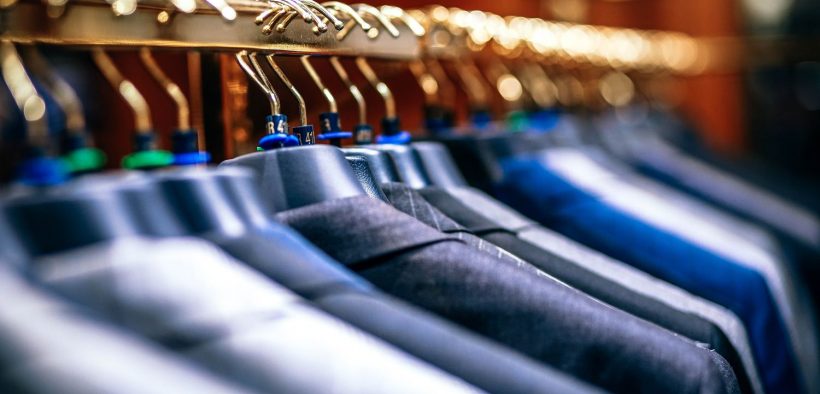Online vs In-store: How consistent is your customer experience journey?
Share

The year is 2019 and the world of retail is more complex and confusing than ever before. The retail experience has evolved from a single shop to a global brand. Times have changed and today we have stores that are pure play (eCommerce), bricks and mortar (Physical Store) and a combination of the two (Physical Store and Online).
There are many challenges that come with being a retail brand in the 21st century, one of those is eCommerce. In Australia eCommerce accounts for 8% of total retail purchases according to Auspost1. They predict that by 2020, 1 in 10 items will be purchased online. The consumer of the future will shop online and if retailers want to compete, they need to invest in eCommerce.
Even though eCommerce is growing in its market-share bricks and mortar still accounts for 92% of all retail sales. This means companies still need to enhance and maintain their in-store experience to grow. Taking these factors into account we can see that companies are still producing high levels of sales in their stores meanwhile online sales are steadily increasing. With online shopping at an all-time high, companies need to develop an online presence even if they are not selling online customer want to know their products before they go in-store.
How can retailers ensure they produce a consistent customer experience in-store and online?
Stocking the same items in-store and online
Customers are becoming advanced researchers that go online and check 4 or 5 stores before making their final purchase. They want to know who has the best price, best quality and the best value for money. This means when a consumer comes into your store, they will be expecting the item to be in stock and the same price as they saw online. Afterall they did their research and for the item should be available both in-store and online. This is essential for stores if they want to give customers a seamless journey from online to in-store. The slightest discrepancy can be the difference between brand loyalty and disloyalty.
Upselling vs Recommended items
One of the main differences that retailers identify when it comes to the customer experience is upselling. This is the process of encouraging a consumer to add to their shopping cart with items that will add to their purchase. E.g. A consumer purchases a laptop and then they are convinced to buy a protective case to accompany it. This is a very effective method of increasing sales in-store. The eCommerce experience is different as they must be encouraged to purchase more items in a different way. The most effective way is recommending items that match or suit based on what is in their cart. This is not as effective as in-store upselling, but it can be effective if done right.
Frictionless journey
The customer of 2019 is very demanding, and they expect a frictionless customer journey. This is vital for both the online experience and the in-store experience. Friction is a part of every retail experience however too much friction can put off customers. If the online experience is difficult and it is hard to complete their purchase customers will lose interest. The same is true with the in-store experience if a customer walks into a store and finds it hard to find the items they are looking for then they will give up rather than asking because they expect and demand a frictionless journey.
These are three very vital areas which will define your customers experience. If your store wishes to grow as a retail brand in the Australian market, then they should give more thought into developing these areas. The consumer of today is spending more than ever however they are also more demanding. If you want to stay in the game, then you need to increase your customer experience instore and online.



















Follow us on social media